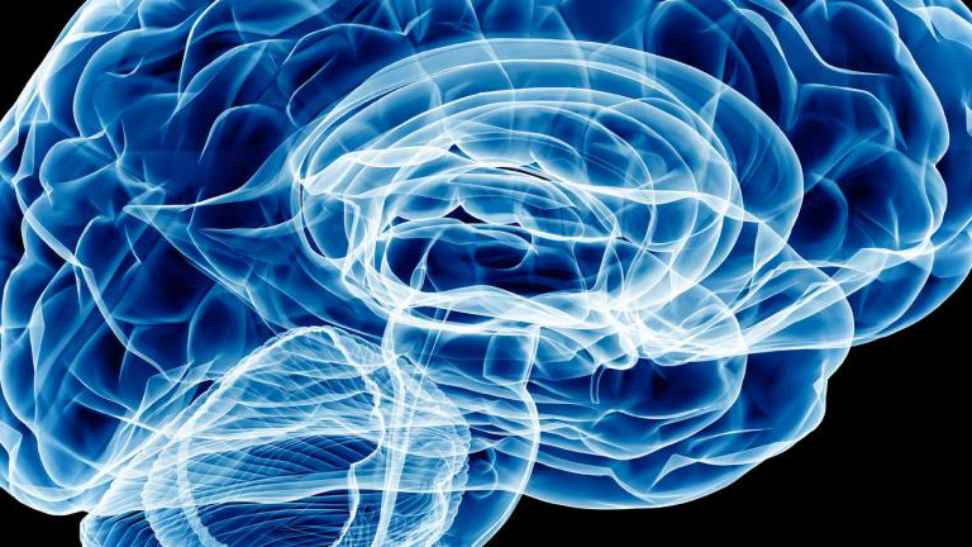11xplay Reddy Login, Betbhai9, T20exchange: Phobias come in many forms and can impact individuals of all ages and backgrounds. One common type of phobia is arachnophobia, which is the fear of spiders. Those with this phobia may experience intense anxiety or panic when encountering a spider, even if it is not harmful.
Another prevalent phobia is acrophobia, the fear of heights. Individuals with acrophobia may feel overwhelming fear or anxiety when they are in high places, such as tall buildings or cliffs. This fear can be debilitating and may lead to avoidance of situations involving heights.
Causes of Phobias
Phobias can stem from a variety of factors, including genetics. Research suggests that individuals with a family history of phobias may be more predisposed to developing their own phobias. This genetic link to fear and anxiety can play a significant role in the development of specific phobias within individuals.
Traumatic experiences can also be a major contributing factor in the onset of phobias. For instance, if a person experiences a particularly frightening or distressing event, they may develop a phobia associated with that specific situation or stimulus. This association between trauma and phobias can be powerful and long-lasting, impacting an individual’s mental health and well-being.
Symptoms of Phobias
Phobias can manifest in various ways, often causing intense fear or anxiety when faced with the object or situation that triggers the phobia. Individuals experiencing a phobia may exhibit physical symptoms such as rapid heartbeat, sweating, trembling, or shortness of breath. These physiological responses are the body’s way of reacting to the perceived threat, even if the danger is not real.
Moreover, phobias can also lead to psychological symptoms, including feelings of dread, panic, or a strong desire to flee the source of fear. Some individuals may experience a sense of impending doom or a loss of control when confronted with their phobia. These emotional responses can significantly impacting the daily functioning also quality of life for those living with phobias.
What are some common types of phobias?
Some common types of phobias include arachnophobia (fear of spiders), acrophobia (fear of heights), claustrophobia (fear of confined spaces), and social phobia (fear of social situations).
What causes phobias to develop?
Bet365 ID, Play247 Online, Iceexchange: Phobias can develop due to a combination of genetic, environmental, and psychological factors. Traumatic experiences, learned behaviors, and genetic predispositions can all play a role in the development of phobias.
What are the symptoms of phobias?
Symptoms of phobias can vary depending on the individual and the specific phobia, but common symptoms include intense fear or anxiety, panic attacks, sweating, trembling, rapid heart rate, and avoidance of the object or situation that triggers the phobia.
How can phobias be treated?
Phobias can be treated through various methods, including cognitive-behavioral therapy, exposure therapy, medication, and relaxation techniques. It is important to seek help from a mental health professional to determine the best treatment approach for your specific phobia.

